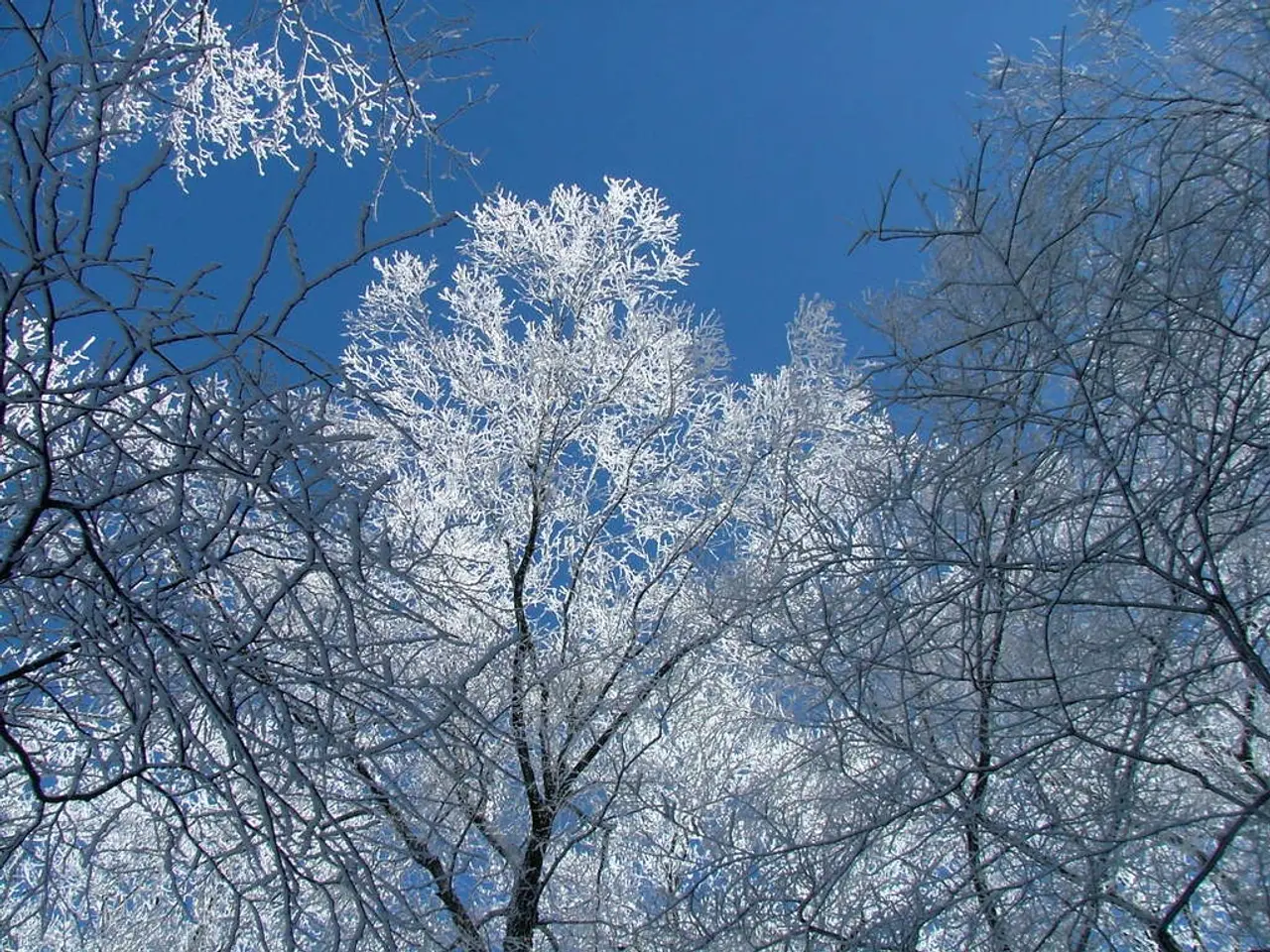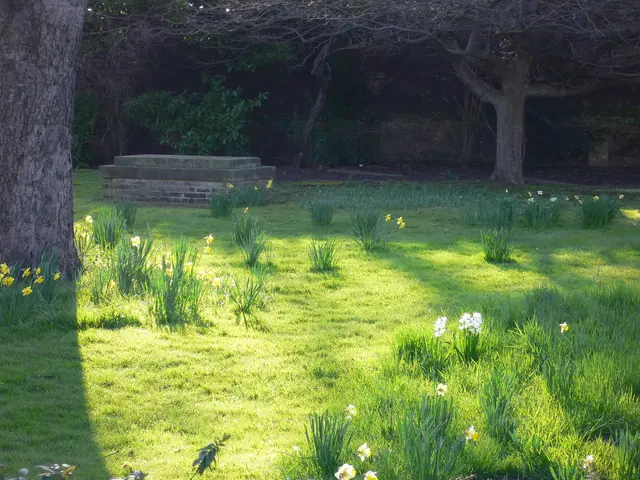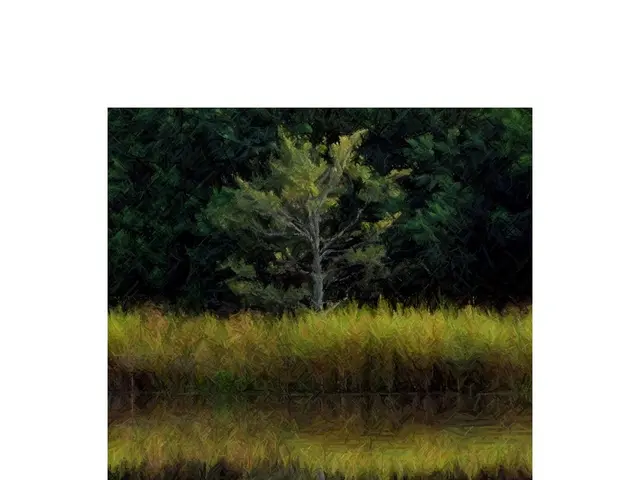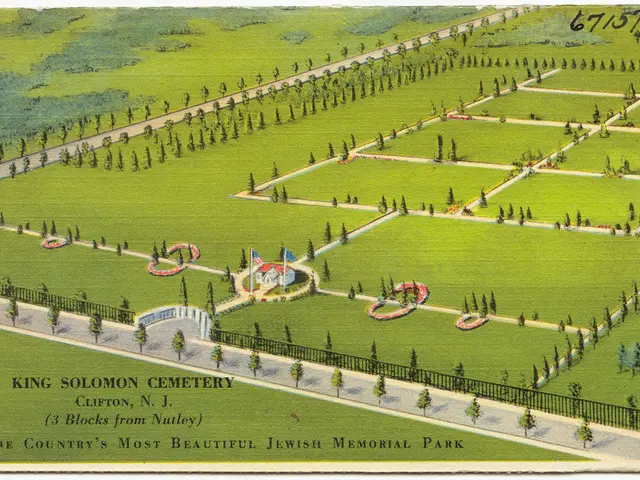Bonsai Air Layering Instructions for Newcomers: Mastering Bonsai Propagation Fundamentals
In the world of bonsai, air layering is a fascinating technique that allows enthusiasts to propagate new trees from their existing collection. This process involves stimulating root development on a branch or trunk section, creating a new bonsai tree while the original plant continues to provide essential nutrients and water.
To achieve successful air layering, it is essential to provide optimal conditions for root development. This includes bright, indirect light, consistent temperature, and ideal humidity. A consistent temperature range between 65°F (18°C) and 75°F (24°C) creates an ideal environment for roots to form, while maintaining a consistently high humidity level around the wrapped layering site fosters an environment conducive to root development.
Choosing the right species is also crucial. Trees with characteristics of vigorous growth, adaptability to pruning, and a propensity for root development, such as Chinese Elm, Maple, Ficus, and other similar species, lend themselves well to air layering.
The process begins with selecting a branch or trunk section that is healthy and mature enough to produce roots. A girdling cut or ring is made around the chosen part of the branch or trunk, interrupting the downward flow of nutrients and stimulating root formation at this site. Applying rooting hormone to the exposed area can enhance root growth.
Next, the wounded area is wrapped with moist sphagnum moss or a similar substrate to retain moisture and encourage roots to develop. This is then covered with plastic wrap or a similar barrier to keep the moisture in and protect the area from drying out. The wrap is secured tightly with ties or tape to ensure the moss stays in place and the environment remains humid.
Patience is key during this period, as roots can take several weeks to months to form, depending on the species. Regularly checking moisture levels and ensuring optimal conditions are crucial to the success of air layering.
Once sufficient roots have developed, a clean cut is made below the new root mass to separate the air-layered section from the parent tree. The newly rooted section can then be potted up as a separate bonsai tree for further growth and shaping.
This remarkable process allows the branch to develop a new root system, independent of the parent tree, while still receiving essential nutrients and water. With a deep understanding of air layering principles, practitioners can refine their techniques, increasing the likelihood of successful propagation and, ultimately, the creation of thriving, well-balanced bonsai trees.
In conclusion, mastering air layering is a rewarding experience for any bonsai enthusiast. By following these essential steps and maintaining patience throughout the process, you can propagate new bonsai material and add character to your collection. Happy air layering!
[1] Understanding Air Layering Principles [2] Choosing the Right Species for Air Layering [3] Providing Optimal Conditions for Root Development [4] Wrap the Layering Site with a Suitable Medium [5] Timing Is Everything in Propagation [6] Maintaining a Consistent Environment [7] Select a Branch with a Balanced Ratio of Foliage to Branch Thickness [8] Prepare the Layering Site [9] Recognizing Root Development Signs [10] Establish a Meticulous Watering Schedule [11] Separating the New Tree Successfully [12] Chinese Elm for Air Layering Success [13] Maple Trees and Air Layering [14] Ficus Trees for Air Layering [15] The Remarkable Process of Air Layering [16] Maintaining a Consistent Atmosphere [17] Regularly Inspect and Care for the Air Layer [18] Principles of Air Layering Rooted in the Tree's Innate Ability to Respond to Injury [19] The Essential Steps for Successfully Air Layering a Bonsai Tree
Enthusiasts looking to expand their home-and-garden lifestyle, particularly those with an interest in gardening and horticulture, might find air layering a fascinating technique to propagate new bonsai trees from their existing collection. To create a successful air layer, it is essential to cultivate the right lifestyle factors, such as providing optimal conditions for root development, selecting the right species that lend themselves well to air layering, and keeping a consistent atmosphere.








